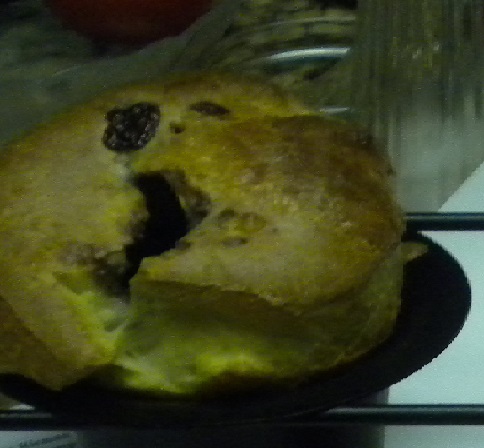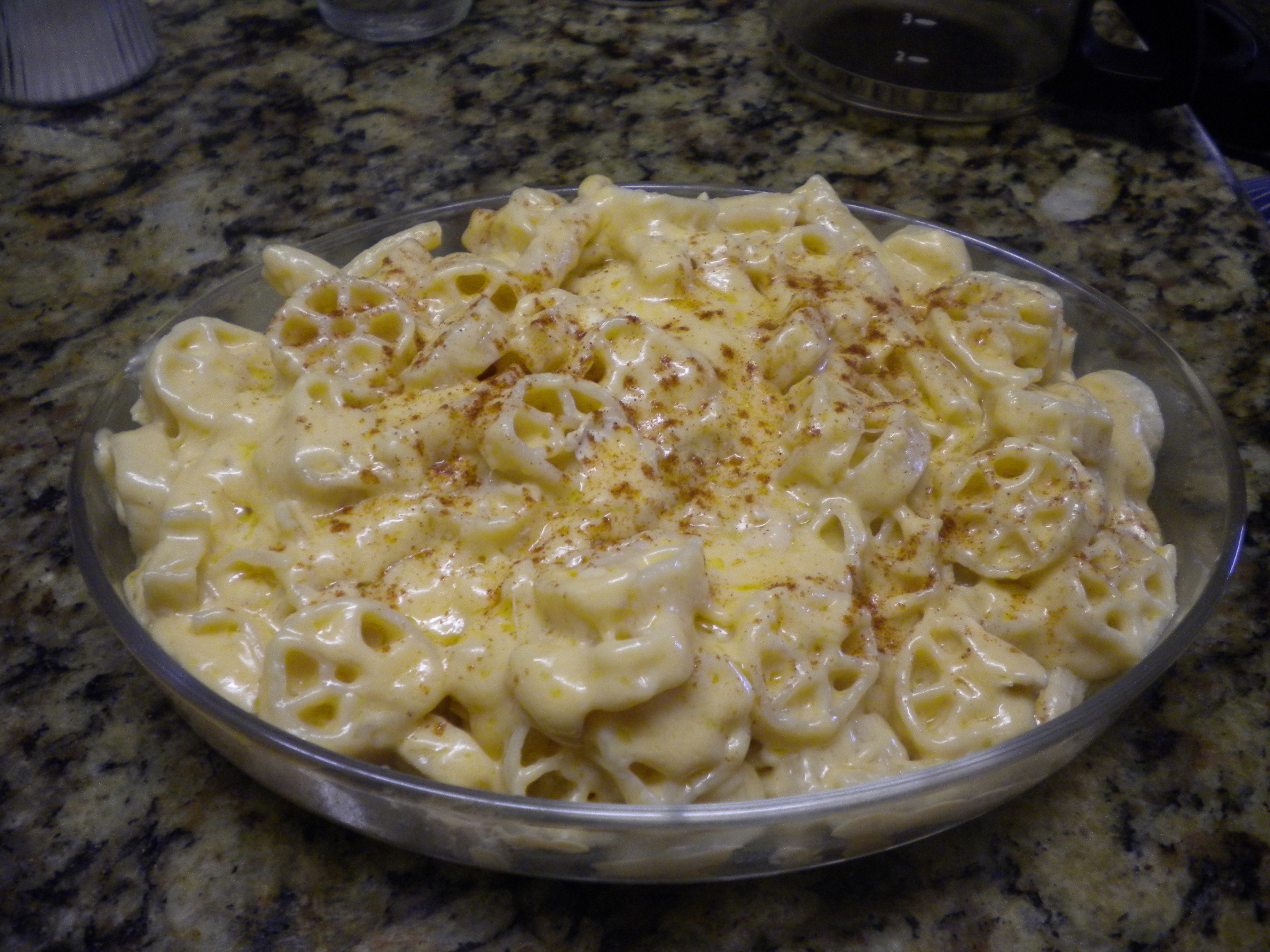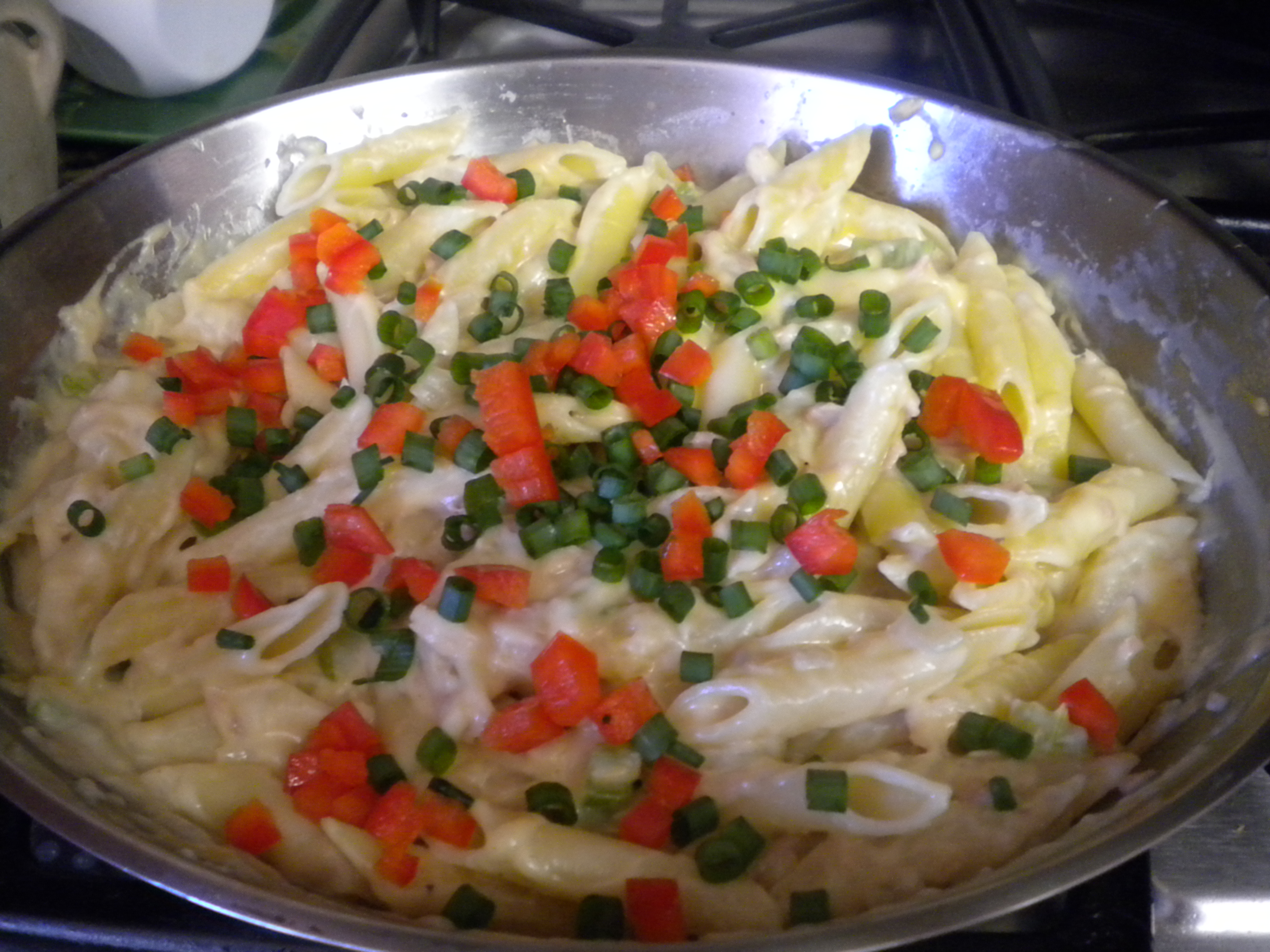What exactly is a Popover and why is it called that? A Popover is the American version of Yorkshire Pudding, a dish traditionally served with Roast Beef in England. Yorkshire Pudding is usually made in the drippings from a roast and is baked right in the roasting pan usually after the roast has been […]
Tag: Milk
CHEESEY LOVERS Saturday, January 20th is ‘National Cheese Lover’s Day. How many different kinds of cheese can you think of? There is at least one cheese for every letter of the Alphabet, but most letters have multiple cheeses, many more than I could ever thnk of. I could only come up with about 45 different cheeses […]
Octber 13th is ‘National Yorkshire Pudding Day’. Yorkshire Pudding is not a pudding in the sense that most people think of as pudding. In other words Yorkshire Pudding is not a sweet dessert but rather a very eggy dish very similar to Popovers. Traditionally Yorkshire Pudding baked in the drippings of a Roast Beef and […]
July 14th is Bastille Day in France but in the United States it is Macaroni Day. What better way to consume your macaroni than in the All American Favorite – Macaroni and Cheese. There are many ways in which you can make this yummy dish and there is a whole range of pasta shapes that […]
There are actually many types of Tubular Pasta. There is Penne, rigatoni, ziti and more. Penne is my favorite of the Tubular Pasta. Rigatoni are so big that for my taste there is just too much pasta to bite into at one time. Penne are considerably thinner than Rigatoni, but they are still tubular […]


